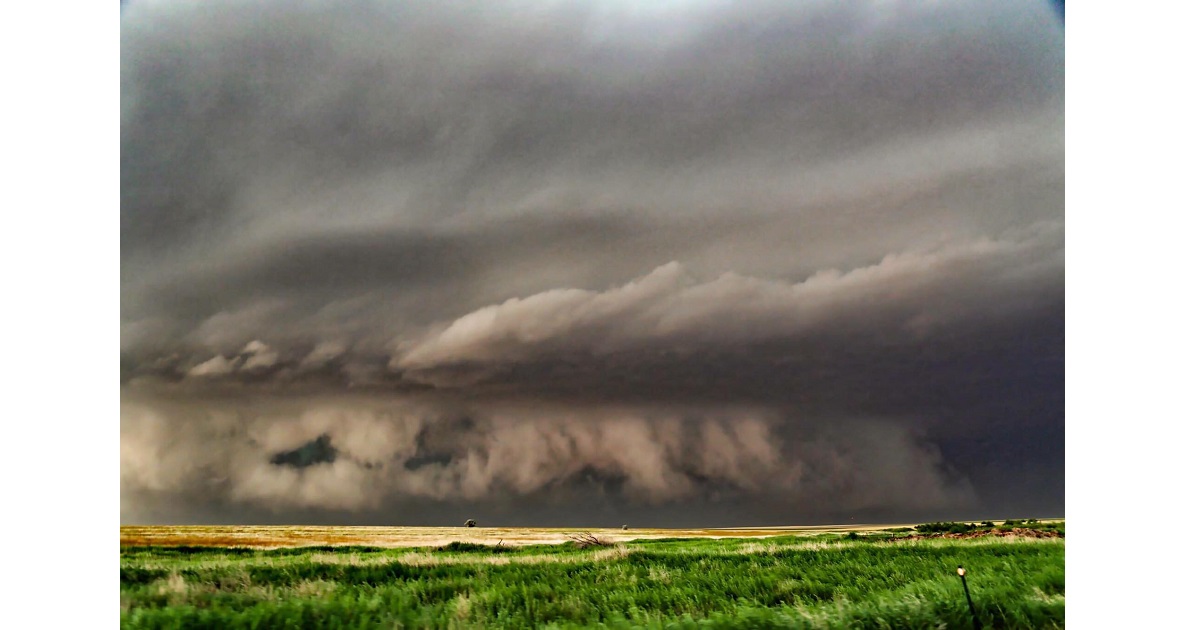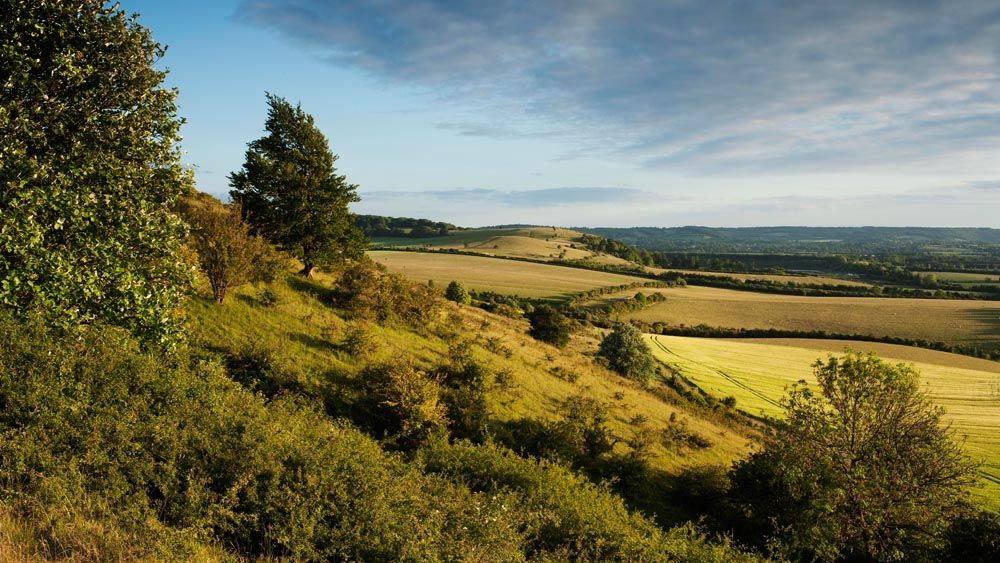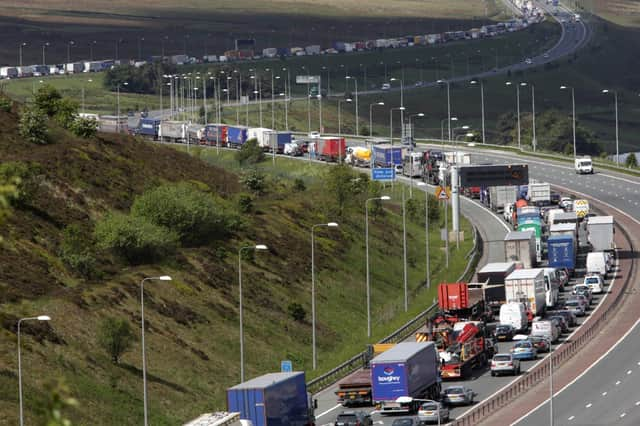Wildfires Intensify: Global Forest Loss Hits Unprecedented Levels

Table of Contents
The Growing Threat of Wildfires and Climate Change
The link between climate change and the increased frequency and intensity of wildfires is undeniable. Rising global temperatures, prolonged droughts, and altered precipitation patterns are creating ideal conditions for fire ignition and rapid spread. These are not isolated incidents; they are part of a worrying trend.
We've witnessed devastating wildfires across the globe in recent years, each leaving a trail of destruction in its wake. The Amazon rainforest, a vital carbon sink, has suffered immense damage from repeated wildfires. Australia's devastating bushfires of 2019-2020 ravaged millions of hectares, resulting in widespread ecological damage and significant loss of life. Similarly, the Californian wildfires have become an annual occurrence, fueled by increasingly dry conditions and high winds.
- Increased average temperatures: Leading to drier vegetation, which acts as readily available fuel for wildfires.
- Longer and more intense heatwaves: Creating tinderbox conditions and significantly increasing the risk of fire ignition.
- Changes in precipitation patterns: Resulting in prolonged droughts, leaving landscapes parched and vulnerable to fire.
- Examples: The catastrophic Amazon rainforest wildfires, the devastating Australian bushfires, and the recurring Californian wildfires all highlight the global scale of this problem.
Devastating Consequences of Global Forest Loss Due to Wildfires
The consequences of widespread forest loss due to wildfires are far-reaching and devastating, impacting ecological, economic, and human systems.
Ecological Impact: Wildfires lead to significant biodiversity loss, destroying habitats and pushing countless species closer to extinction. Soil erosion increases, further degrading the land and hindering reforestation efforts. The loss of crucial carbon sinks exacerbates climate change, creating a vicious cycle of destruction.
Economic Consequences: Wildfires inflict significant economic damage. The destruction of infrastructure, including homes, businesses, and transportation networks, requires billions of dollars in repairs. The loss of timber resources impacts the forestry industry, and the disruption to tourism severely affects local economies. The costs of firefighting and subsequent recovery and rehabilitation efforts also place a massive burden on public resources.
Human Impact: Wildfires often lead to the displacement of communities, forcing people to evacuate their homes and leaving many homeless. The smoke inhalation from wildfires causes numerous respiratory illnesses, impacting both the short-term and long-term health of exposed populations. Tragically, wildfires also claim lives, leaving a devastating human toll.
- Loss of crucial carbon sinks: Wildfires release massive amounts of stored carbon back into the atmosphere, accelerating climate change.
- Disruption of ecosystems: Wildfires disrupt the delicate balance of ecosystems, impacting plant and animal populations and their interactions.
- Economic costs: The financial burden of fighting wildfires, rebuilding infrastructure, and supporting affected communities is substantial.
- Health problems: Wildfire smoke contains harmful pollutants that can cause respiratory illnesses, cardiovascular problems, and other health issues.
The Role of Deforestation and Human Activities
While climate change is a major driver, human activities significantly contribute to the wildfire risk. Deforestation, land clearing for agriculture and development, and inadequate forest management practices all increase the likelihood and severity of wildfires.
- Increased fuel loads: Accumulated deadwood and debris create abundant fuel for wildfires to spread rapidly.
- Uncontrolled burning practices: Improperly managed or accidental burns can easily escalate into large and uncontrollable wildfires.
- Lack of preventative measures: Insufficient investment in controlled burns, forest thinning, and other preventative measures increases vulnerability to wildfires.
Combating the Intensifying Wildfire Crisis: Mitigation and Adaptation Strategies
Addressing the intensifying wildfire crisis requires a multi-pronged approach encompassing prevention, mitigation, and adaptation strategies.
Improved forest management techniques, including controlled burns to reduce fuel loads and forest thinning to create firebreaks, are crucial preventative measures. Community engagement is also vital, educating people about fire safety and encouraging proactive measures. Climate change mitigation is paramount; reducing greenhouse gas emissions is essential to curtail the increased frequency and intensity of wildfires.
Technological advancements are playing an increasingly important role. Improved early warning systems, advanced fire detection technologies using satellite imagery and AI, and more efficient firefighting techniques can help minimize the impact of wildfires.
- Investing in early warning systems: Advanced technology can provide timely alerts, allowing for quicker evacuation and response.
- Implementing stricter regulations: Stricter regulations on land clearing and forest management can reduce the risk of wildfires.
- Promoting sustainable forestry practices: Sustainable forestry practices help maintain healthy forests, reducing their vulnerability to fire.
- Raising public awareness: Educating the public about wildfire prevention and preparedness is crucial for reducing the risk.
Conclusion: Taking Action Against Intensifying Wildfires
The global wildfire crisis is a stark reality with far-reaching consequences. The escalating frequency and intensity of wildfires, driven by climate change and unsustainable human activities, demand urgent and collaborative action. We need strong governmental policies, increased international cooperation, and widespread community engagement to effectively combat this threat.
Learning more about wildfire prevention, supporting organizations dedicated to fighting wildfires, and advocating for policies that address climate change and protect our forests are crucial steps. Together, we can mitigate the devastating effects of intensifying wildfires and protect our planet's precious forests for future generations. Learn more about wildfire prevention and take action today to protect our planet from the devastating effects of intensifying wildfires.

Featured Posts
-
 2026 Porsche Cayenne Ev Spy Shots What We Know So Far
May 24, 2025
2026 Porsche Cayenne Ev Spy Shots What We Know So Far
May 24, 2025 -
 Kyle Walkers Wife Annie Kilner Seen Out Following Husbands Night Out
May 24, 2025
Kyle Walkers Wife Annie Kilner Seen Out Following Husbands Night Out
May 24, 2025 -
 Nicki Chapmans 700 000 Country Home Investment A Smart Property Move
May 24, 2025
Nicki Chapmans 700 000 Country Home Investment A Smart Property Move
May 24, 2025 -
 Country Escapes A Comprehensive Guide To Rural Living
May 24, 2025
Country Escapes A Comprehensive Guide To Rural Living
May 24, 2025 -
 Planned M62 Westbound Closure Resurfacing Between Manchester And Warrington
May 24, 2025
Planned M62 Westbound Closure Resurfacing Between Manchester And Warrington
May 24, 2025
Latest Posts
-
 Maryland University Selects Kermit The Frog For 2025 Commencement Ceremony
May 24, 2025
Maryland University Selects Kermit The Frog For 2025 Commencement Ceremony
May 24, 2025 -
 Kazakhstan Stuns Australia In Billie Jean King Cup Qualifying Tie
May 24, 2025
Kazakhstan Stuns Australia In Billie Jean King Cup Qualifying Tie
May 24, 2025 -
 Kazakhstan Upsets Australia In Billie Jean King Cup Qualifier
May 24, 2025
Kazakhstan Upsets Australia In Billie Jean King Cup Qualifier
May 24, 2025 -
 Kermit The Frog University Of Marylands 2024 Commencement Speaker
May 24, 2025
Kermit The Frog University Of Marylands 2024 Commencement Speaker
May 24, 2025 -
 Muppet Legend Kermit The Frog To Address University Of Maryland Graduates
May 24, 2025
Muppet Legend Kermit The Frog To Address University Of Maryland Graduates
May 24, 2025
